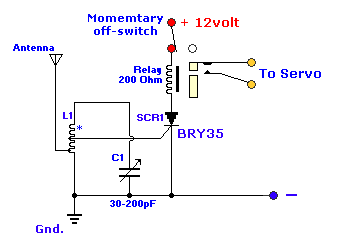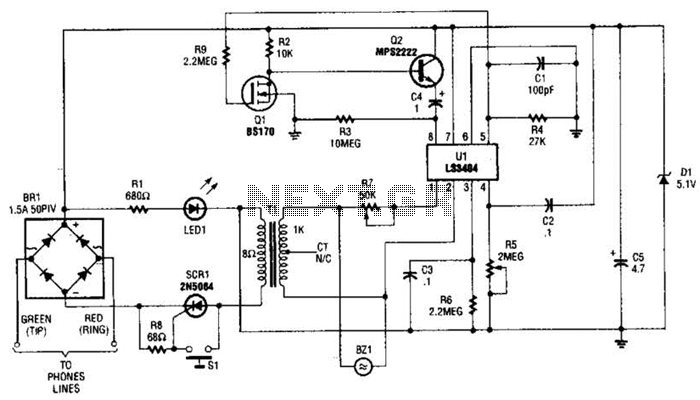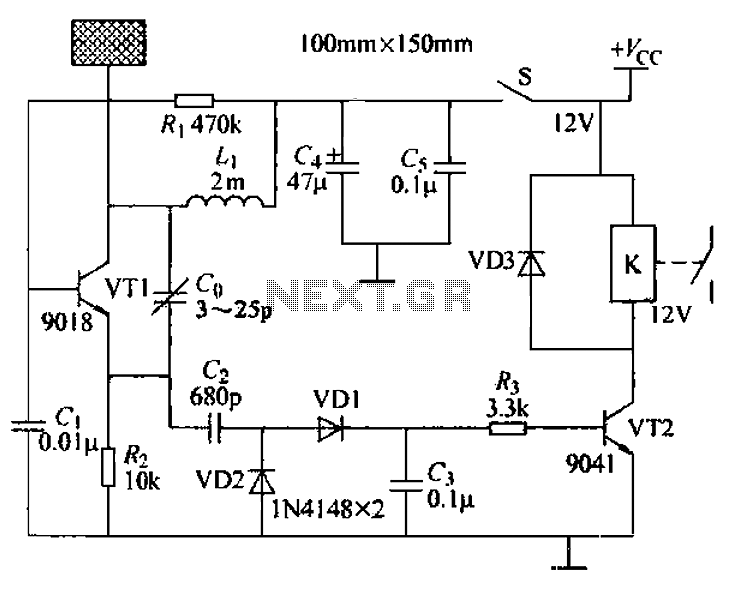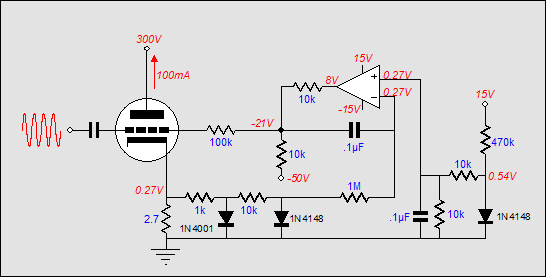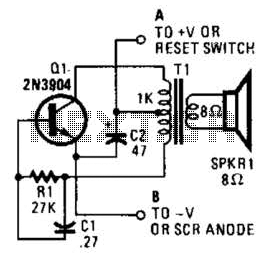
SC41343 general infrared ultrasonic or RF remote control launch coding circuit
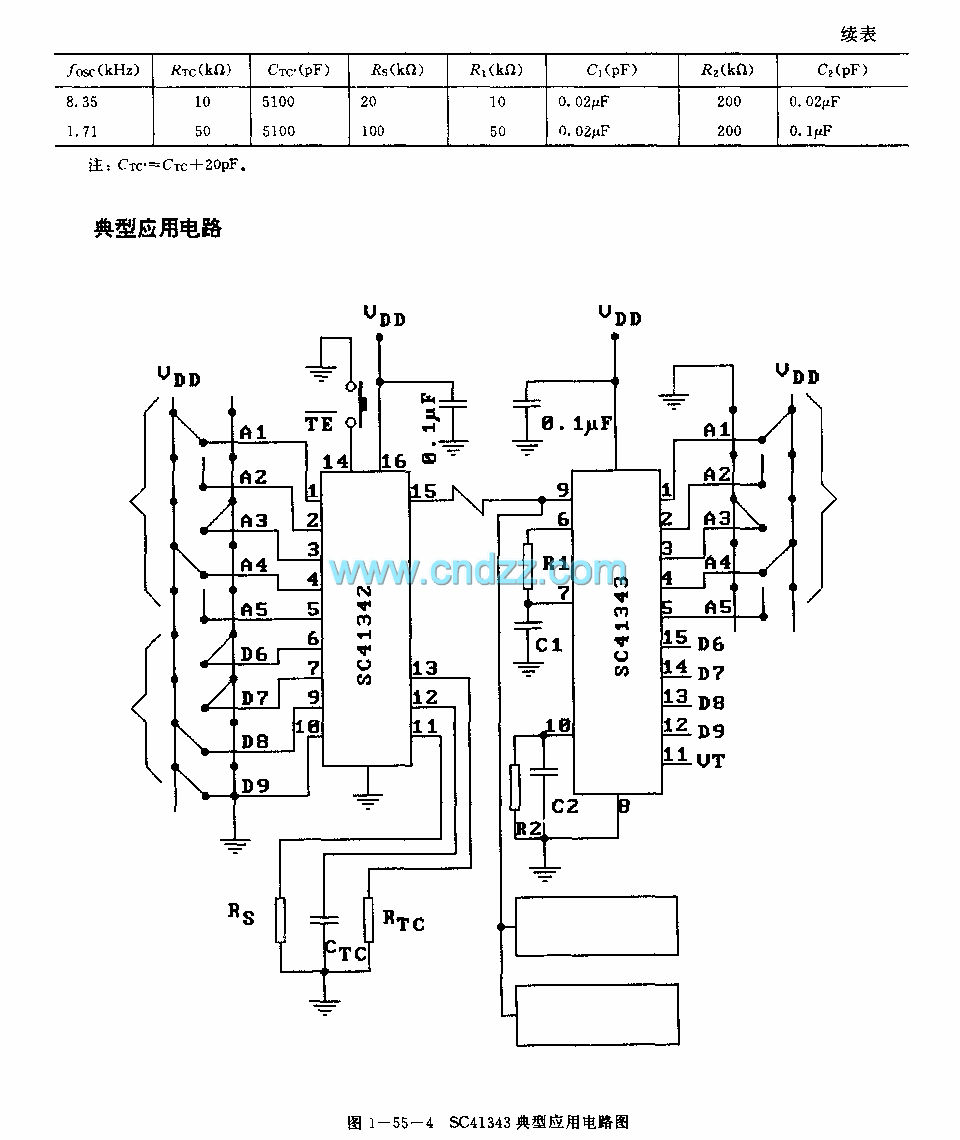
The SC41343 is designed as a type of infrared, ultrasonic, or RF remote control launch coding circuit. The internal circuit comprises a sequence generator, control logic circuit, 4-bit shift register, data extraction circuit, and latch circuit. Features include the use of binary or ternary addressing for address identification; the ternary addressing coding provides the most efficient results.
The SC41343 remote control coding circuit is engineered to facilitate various wireless communication applications through infrared, ultrasonic, or radio frequency (RF) signals. The architecture of the SC41343 includes several key components that work in unison to enable effective signal transmission and reception.
The sequence generator is a critical element, producing a series of timing signals that coordinate the operation of the entire circuit. This component ensures that the control logic circuit can execute commands in a precise sequence, allowing for reliable operation of the remote control system.
The control logic circuit serves as the brain of the SC41343, processing inputs from the user interface and directing the flow of data within the system. It interprets the commands received from the remote control and manages the data transfer to and from the various subsystems.
The 4-bit shift register is utilized for temporary data storage and manipulation. It allows for the sequential processing of input data, enabling the circuit to handle multiple bits of information simultaneously. This capability is essential for maintaining the integrity of the transmitted signals, particularly in applications requiring high-speed data transfer.
The data extraction circuit is responsible for isolating the relevant information from the incoming signals. It filters out noise and other unwanted signals, ensuring that only the intended commands are processed. This enhances the reliability of the communication link and improves overall system performance.
Finally, the latch circuit functions to hold the data temporarily, ensuring that the information remains stable during processing. This is particularly important in applications where timing is critical, as it prevents data loss during transitions between different states of operation.
The SC41343's ability to utilize both binary and ternary addressing schemes allows for flexible address identification, catering to a wide range of applications. The ternary addressing method is particularly advantageous, as it maximizes the efficiency of address coding, enabling the system to manage a larger number of unique addresses with minimal complexity. This feature is especially beneficial in environments where multiple devices operate simultaneously, reducing the likelihood of address conflicts and improving overall system reliability.The SC41343 is designed as one kind of infrared, ultrasonic or RF remote control launch coding circuit. The internal circuit is composed of the sequence generator, control logic circuit?4-bit shift register?data extraction circuit and the latch circuit.
Features It uses the binary or ternary to find the address;The ternary addressing coding has the most ki.. 🔗 External reference
The SC41343 remote control coding circuit is engineered to facilitate various wireless communication applications through infrared, ultrasonic, or radio frequency (RF) signals. The architecture of the SC41343 includes several key components that work in unison to enable effective signal transmission and reception.
The sequence generator is a critical element, producing a series of timing signals that coordinate the operation of the entire circuit. This component ensures that the control logic circuit can execute commands in a precise sequence, allowing for reliable operation of the remote control system.
The control logic circuit serves as the brain of the SC41343, processing inputs from the user interface and directing the flow of data within the system. It interprets the commands received from the remote control and manages the data transfer to and from the various subsystems.
The 4-bit shift register is utilized for temporary data storage and manipulation. It allows for the sequential processing of input data, enabling the circuit to handle multiple bits of information simultaneously. This capability is essential for maintaining the integrity of the transmitted signals, particularly in applications requiring high-speed data transfer.
The data extraction circuit is responsible for isolating the relevant information from the incoming signals. It filters out noise and other unwanted signals, ensuring that only the intended commands are processed. This enhances the reliability of the communication link and improves overall system performance.
Finally, the latch circuit functions to hold the data temporarily, ensuring that the information remains stable during processing. This is particularly important in applications where timing is critical, as it prevents data loss during transitions between different states of operation.
The SC41343's ability to utilize both binary and ternary addressing schemes allows for flexible address identification, catering to a wide range of applications. The ternary addressing method is particularly advantageous, as it maximizes the efficiency of address coding, enabling the system to manage a larger number of unique addresses with minimal complexity. This feature is especially beneficial in environments where multiple devices operate simultaneously, reducing the likelihood of address conflicts and improving overall system reliability.The SC41343 is designed as one kind of infrared, ultrasonic or RF remote control launch coding circuit. The internal circuit is composed of the sequence generator, control logic circuit?4-bit shift register?data extraction circuit and the latch circuit.
Features It uses the binary or ternary to find the address;The ternary addressing coding has the most ki.. 🔗 External reference
